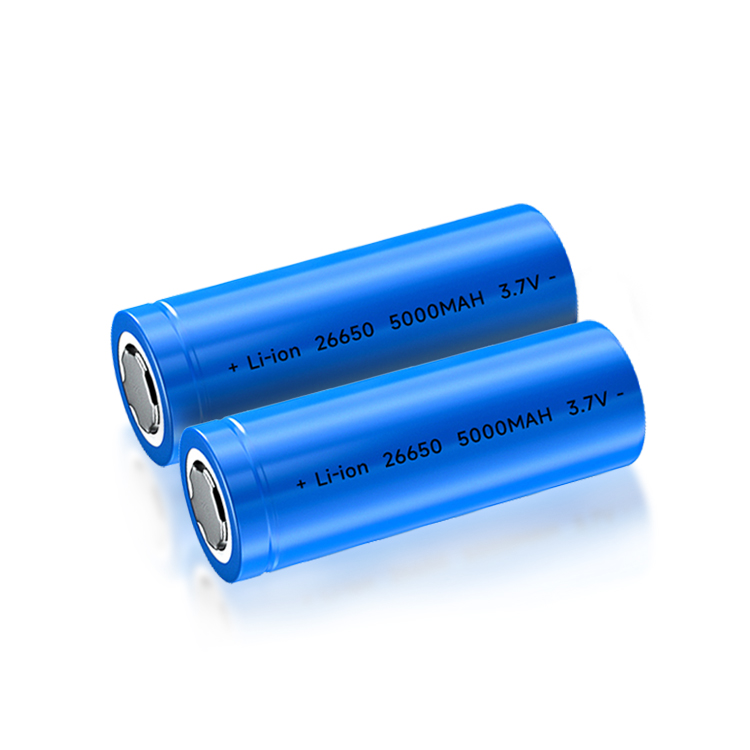

The circuit in this article solves this problem by using a self-oscillating boost circuit that operates at a single solar cell voltage and can continuously trickle charge the battery. Many battery-powered devices have short operating times and low standby power consumption, so the total power consumption of these devices is small. The use of solar energy in these devices...
The circuit in this article solves this problem by using a self-oscillating boost circuit that operates at a single solar cell voltage and can continuously trickle charge the battery.
Many battery-powered devices have short operating times and low standby power consumption, so the total power consumption of these devices is small. It is very convenient to use solar cells to charge the power battery in these devices, but for a given battery voltage, the number of solar cells required for charging is close to Vb/0.6, so a group of solar cells has to be connected in series.
The solar cell charges C2 until the voltage on C2 turns Q2 on. At this time, U1a outputs a high level and is maintained through U1b. The output voltage of U1a turns on Q3, which starts delivering power from C2 to L1. Timing circuit R4-C4 determines the duration of U1a output high level, thereby determining the time for Q3 to charge the inductor. This time should be less than a quarter of the resonant frequency cycle time of L1 and C2, so that Q3 can be cut off before the voltage regulator current reaches its peak value. After Q3 is turned off, the inductor current is forced to flow into the large capacitor C1 through D3. The capacitance of C1 should be larger than that of C2 to reduce ripple.
Resistor R8 and capacitor C5 form a filter to filter the charging current to reduce ripple caused by switching. If the power battery is disconnected, Zener diode D5 limits the voltage below a safe value. The standby current of the C NAND gate and 1MΩ resistor is very small, so the circuit is only charged when the current from the solar cell is greater than the leakage current flowing through C2, R7, and Q3.
This circuit provides a trickle charge to the power battery as long as the current from the solar cell is greater than the leakage current flowing through C2, R7, and Q3.

Popular recommendation
18650 lithium-ion battery.Introduction to new battery technology after lithium-ion rechargeable batt
2023-10-08AG Coin TV environmental impact
2022-06-18What is the difference between ordinary batteries and lithium batteries?
2022-11-08AG4 battery.What are the disadvantages of 18650 lithium-ion battery technology?
2023-10-09AG Coin battery Common type
2022-06-1848v 10kwh energy storage solar system.Brief analysis of dynamic charging technology of electric vehi
2023-10-08lifepo4 battery calb 200ah 3.2v.210mAh/g! The company breaks through the core technology of high-nic
2023-10-08aa alkaline battery.Understand the key points of the 18650 lithium battery pack process in one artic
2023-10-09CR3032 battery.Research on new rectifier power supply for DC electric arc furnace
2023-10-08What are the advantages of lithium iron phosphate battery
2022-11-07Nickel Hydride Batteries.How to extend the life of rechargeable batteries and avoid accidents
2023-10-09LR43 battery!Rimac applies ADI precision battery management system to electric vehicles
2023-10-08